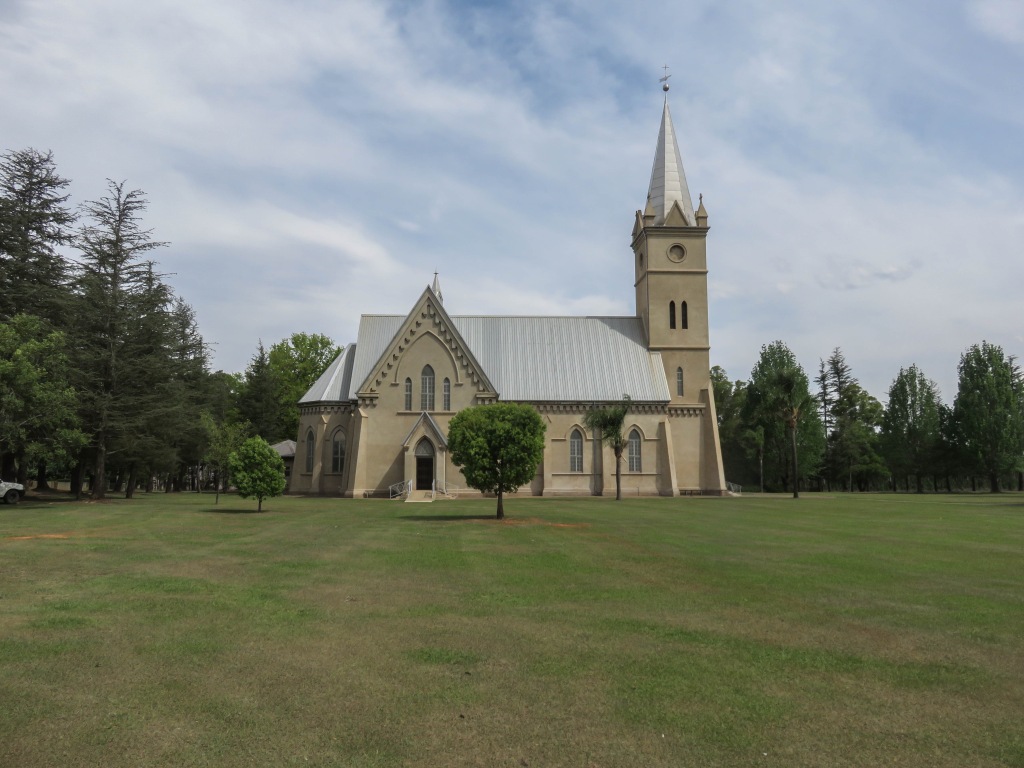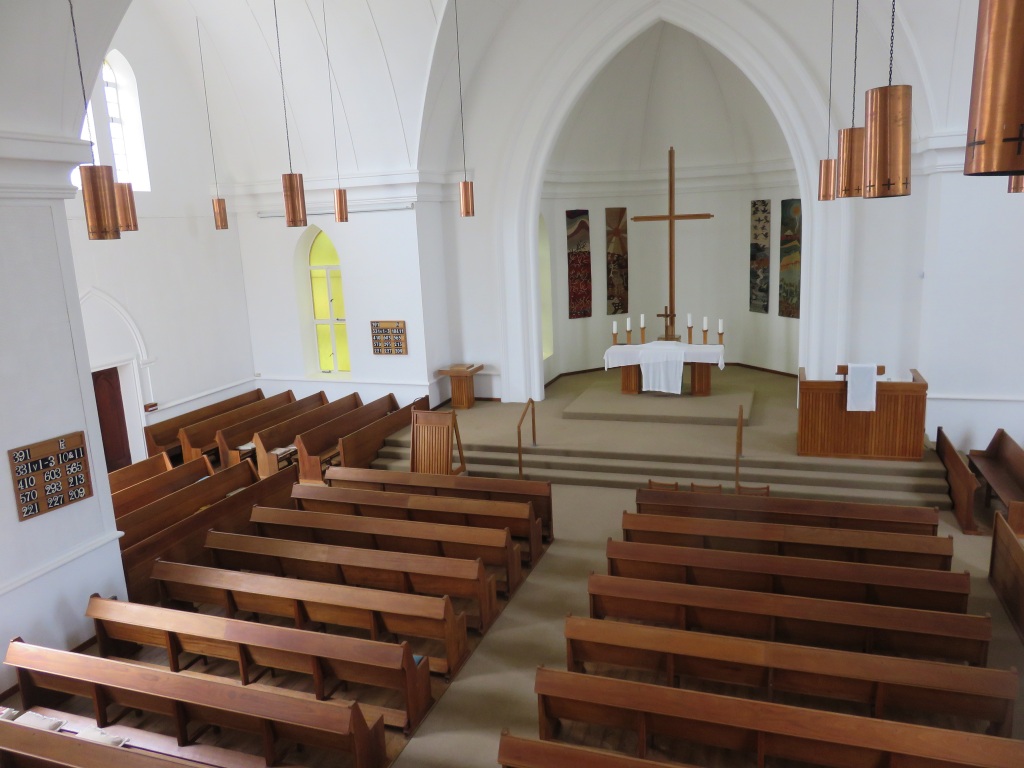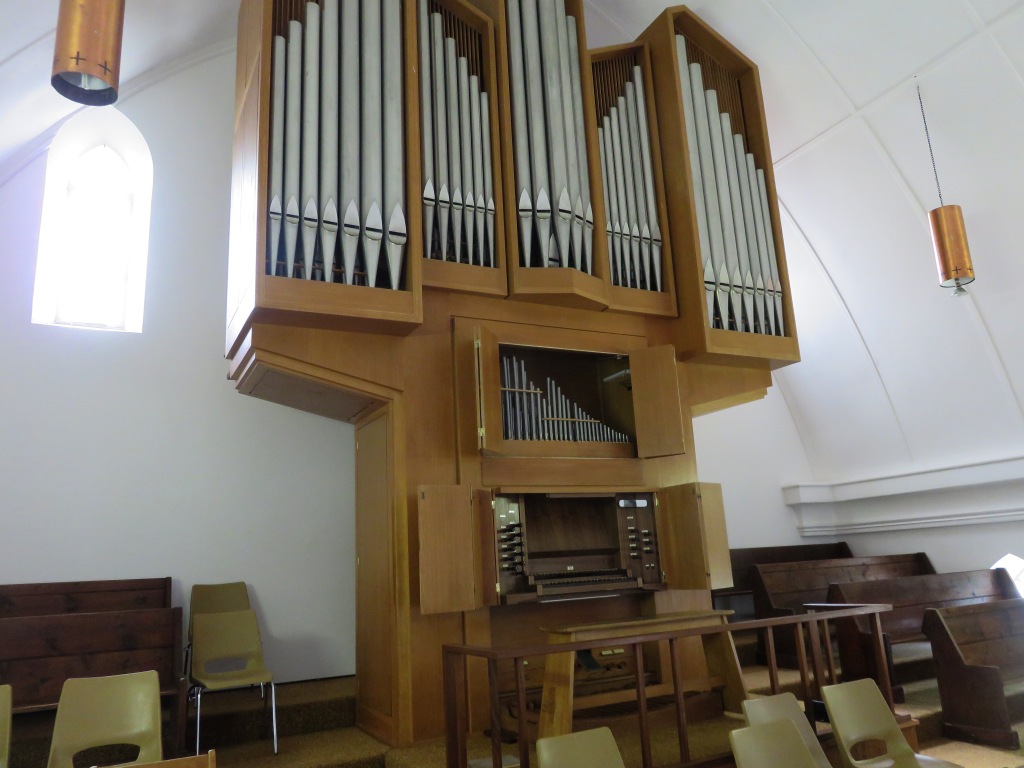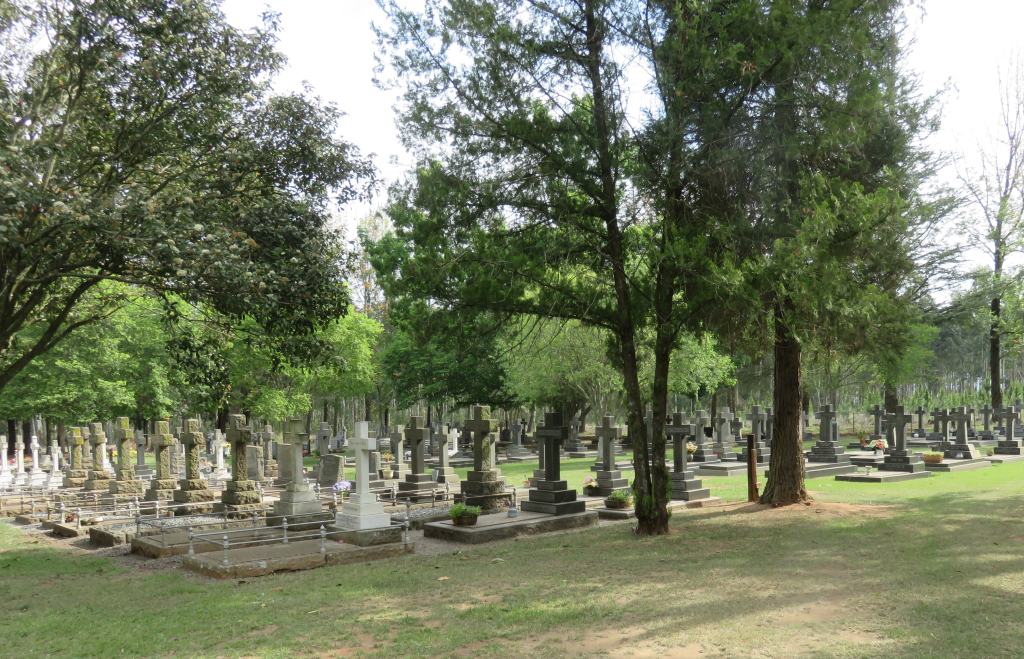
Augsburg
 Augsburg is the centre of a German community, which had its origine from the congregations of Lüneburg and Braunschweig. Its location is at 27.2966°S 30.9157°E 1040m.
Augsburg is the centre of a German community, which had its origine from the congregations of Lüneburg and Braunschweig. Its location is at 27.2966°S 30.9157°E 1040m.
It was the rail link from Natal to Piet Refief that brought farmers from Lüneburg and Braunschweig to the area. August Schütte opened a store (general dealer, I presume) near the Commondale station. It became a meeting place for the German-speaking farmers, this then was the embryo of a church congregation. They were members of the Lüneburg and the Braunschweig congregations who felt because of distance to their churches they should form a new congregation in the area.
 A complicating factor was that they belonged to two different synods. It was put to the vote, the majority, 12 to 5, decided to affiliate to the Free Evangelical Lutheran Synod of South Africa, same as Braunschweig. The minority simply accepted that decision. A note on the numbers, 17 in total doesn't sound very much, but one has to remember that only male members had the voting right in those days. Thus the congregation would have been around the 30 to 40, counting wives and children. That was in 1923, the name Augsburg was decided on because it was the Augsburg Confession, the basic statement of beliefs of the Lutheran church, that was common to both synods.
A complicating factor was that they belonged to two different synods. It was put to the vote, the majority, 12 to 5, decided to affiliate to the Free Evangelical Lutheran Synod of South Africa, same as Braunschweig. The minority simply accepted that decision. A note on the numbers, 17 in total doesn't sound very much, but one has to remember that only male members had the voting right in those days. Thus the congregation would have been around the 30 to 40, counting wives and children. That was in 1923, the name Augsburg was decided on because it was the Augsburg Confession, the basic statement of beliefs of the Lutheran church, that was common to both synods.
 On ground donated by August Schütte they first erected a chapel and a school. With increasing numbers the chapel became too small and it was necessary to build a church of adequate dimensions.
On ground donated by August Schütte they first erected a chapel and a school. With increasing numbers the chapel became too small and it was necessary to build a church of adequate dimensions.
 The church was designed in a neo-gothic style by Friedrich Schütte. He was not an architect, but certainly very talented to come up with such a majestic design. Although there was an advisor, archidect Mangni from Dundee. It is in the neo-gothic style and the layout is that of the cross, called a cruciform. The church was inaugurated in 1940 and is still the church in use today. A new organ was installed in 1967 from the firm Paul Ott in Göttingen in Germany
The church was designed in a neo-gothic style by Friedrich Schütte. He was not an architect, but certainly very talented to come up with such a majestic design. Although there was an advisor, archidect Mangni from Dundee. It is in the neo-gothic style and the layout is that of the cross, called a cruciform. The church was inaugurated in 1940 and is still the church in use today. A new organ was installed in 1967 from the firm Paul Ott in Göttingen in Germany
There is an article in the heritage portal covering this church.
There was also a school, the building is still standing. Why the school was closed and when I don't know. I presume it had something to do with numbers and other German schools being close by.
The cemetery is close to the church.
Reference:
Ref 1:Information board at Augsburg